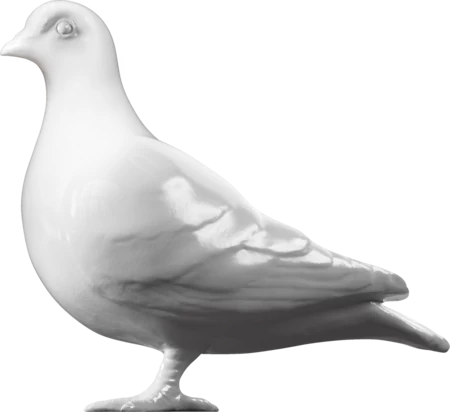Saxon & Medieval — Medieval; 13th-15th century
Stylus
This stylus is made of bone and is missing its metal tip. It has a globular head, and there are two ridges immediately below the head, which are separated by a deep groove. There is further decoration on the shaft: there are three sets of two horizontal parallel lines. The shaft tapers gradually, and ends in a point, where the tip would have been. Styli and wax tablets were used for writing as early as the Classical Greek period, and this stylus is medieval. They served many purposes, such as writing school exercises, correspondence, legal records and any composition. It was much cheaper than using paper at the time, and reusable too. The head of the stylus acts as the eraser; this was done by rubbing the head back and forth over the wax. The function of these medieval objects has been debated; it has been suggested that they could not only be styli, but also markers for transferring patterns for embroidering, or parchment prickers. This was to prepare parchments for writing on; the pricker marked the equally spaced horizontal lines.
- Category:
- Saxon & Medieval
- Object ID:
- A22704
- Object name:
- stylus
- Object type:
- Artist/Maker:
- —
- Related people:
- Related events:
- Related places:
- Production date:
- Medieval; 13th-15th century
- Material:
bone
- Measurements/duration:
- L 85 mm, W 7 mm (overall)
- Part of:
- —
- On display:
- —
- Record quality:
- 80%
- Part of this object:
- —
- Owner Status & Credit:
Permanent collection
- Copyright holder:
digital image © London Museum
- Image credit:
- —
- Creative commons usage:
- —
- License this image:
To license this image for commercial use, please contact the London Museum Picture Library.

